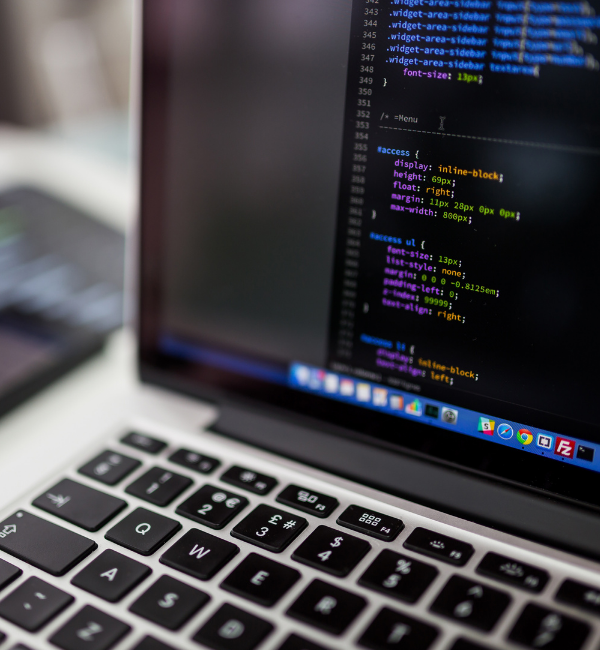Alternative Science Facts


Learn media literacy skills including the recognition of "fake news", critically analyze sources of information, and understand the impact of science communication on our lives
In this activity, students will learn media literacy skills including the recognition of "fake news", critically analyzing sources of information, and understanding the impact of science communication on our lives.
Credit: This activity was created by Dr. Sara Mazrouei.
What You Need
The attached PowerPoint file is needed for the presentation of this activity. If you choose to include the Long Article activity, access to the internet for all students is recommended. This can be on their phones, laptops, etc.
Examples of memes and news articles to use:
ACTIVITY 1:
Examples of memes, as well as a breakdown of their fact checks, to use in the short activity include:
- "Nearly half of all olive oil brands are mislabeled": https://www.snopes.com/fact-check/olive-foil/
- "Every single person who has cancer has a pH that is too acidic": https://www.snopes.com/fact-check/everyone-who-has-cancer-has-a-ph-that-is-too-acidic/
- "Harvard study confirms fluoride reduces children's IQ":
- Article with infographic: https://www.huffpost.com/entry/fluoride_b_2479833
- Snopes fact check: https://www.snopes.com/fact-check/water-fluoridation-reduces-iq/
- Discoloured bananas were injected with HIV-positive blood, causing HIV infections in children: https://www.snopes.com/fact-check/banana-injected-blood-hiv/
- Hurricane Irma contained sharks: https://www.snopes.com/fact-check/hurricane-now-contains-sharks/
ACTIVITY 2:
Examples of news articles to use for the long article activity include:
- Bacon, burgers, and sausage cause cancer: https://www.dailymail.co.uk/news/article-3285490/Bacon-burgers-sausages-cancer-risk-say-world-health-chiefs-Processed-meats-added-list-substances-likely-cause-disease-alongside-cigarettes-asbestos.html
- Fact check: https://www.bbc.com/news/health-34615621
- Cooking with aluminum foil puts you at risk of Alzheimer's: https://www.slickwellness.com/is-aluminium-safe-cooking/
- NASA discovers solar system where life may have evolved on three planets: https://www.telegraph.co.uk/science/2017/02/22/nasa-announcement-live/
- Vaccines cause autism: https://www.globalresearch.ca/new-vaccines-still-cause-autism-and-the-u-s-government-knows-it/5573951
PowerPoint:
Safety Notes
Ensure you are familiar with Let's Talk Science's precautions with respect to safe virtual outreach to youth.
What To Do
-
Begin the workshop with a short introduction and outline of the activity's objectives found on PowerPoint.
-
Break the students up into small groups. Groups of 4 or 5 work, depending on the class size.
-
Activity 1: each group is given a meme and list of questions to consider about the validity of the meme see PowerPoint for questions. After 5 minutes of group discussion, each group presents the meme and their findings about it.
-
Give a short presentation on how fake news is identified, found on the PowerPoint.
-
Activity 2: each group is given a long news article about a scientific fact or discovery. Give them 15 minutes to read the article, research the issue, and fact check. Then, give each group 5 minutes to present their news article and share their strategies on identifying fake news.
-
Close up the activity, and provide time for a Q&A.
Discovery
Students are actively learning and practicing how to recognize fake news and alternative facts, which are increasingly problematic issues in today's world. This develops media literacy skills and empowers students to only share scientific research and news stories they are sure of.
The memes and articles listed are suggestions. Feel free to use examples you have found in your own social media feeds, research, etc, as long as it's audience-appropriate.
See "What You Need" for examples of memes and articles to use in this activity.
Thank you to Dr. Sara Mazrouei for creating this activity!
What's happening?
Students are actively learning and practicing how to recognize fake news and alternative facts, which are increasingly problematic issues in today's world. This develops media literacy skills and empowers students to only share scientific research and news stories they are sure of.
Investigate Further
The memes and articles listed are suggestions. Feel free to use examples you have found in your own social media feeds, research, etc, as long as it's audience-appropriate.
Resources
See "What You Need" for examples of memes and articles to use in this activity.
Thank you to Dr. Sara Mazrouei for creating this activity!